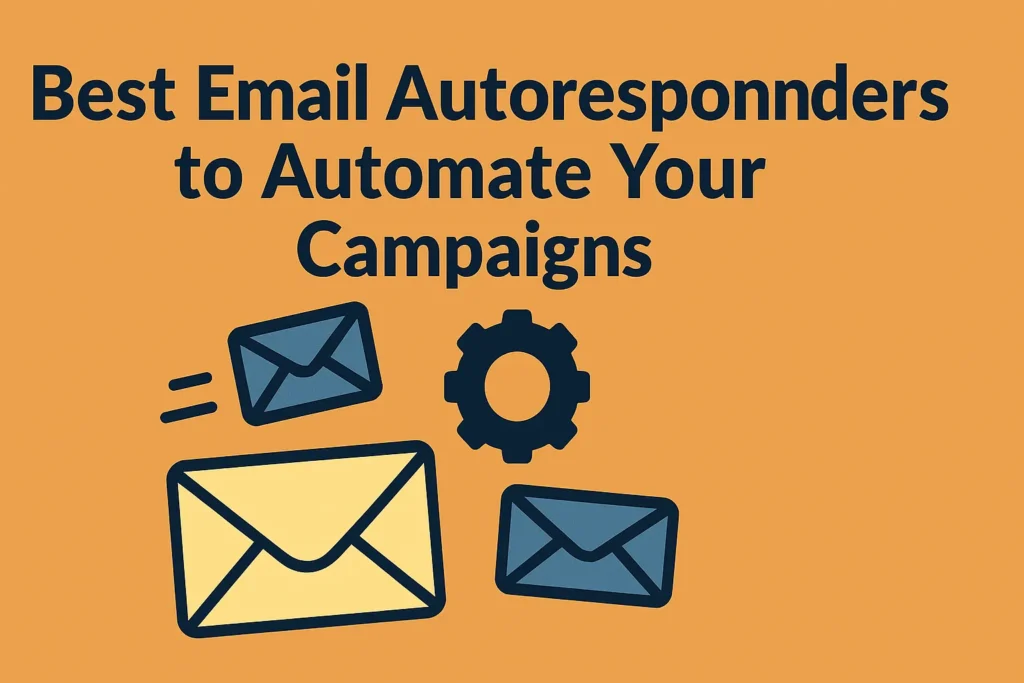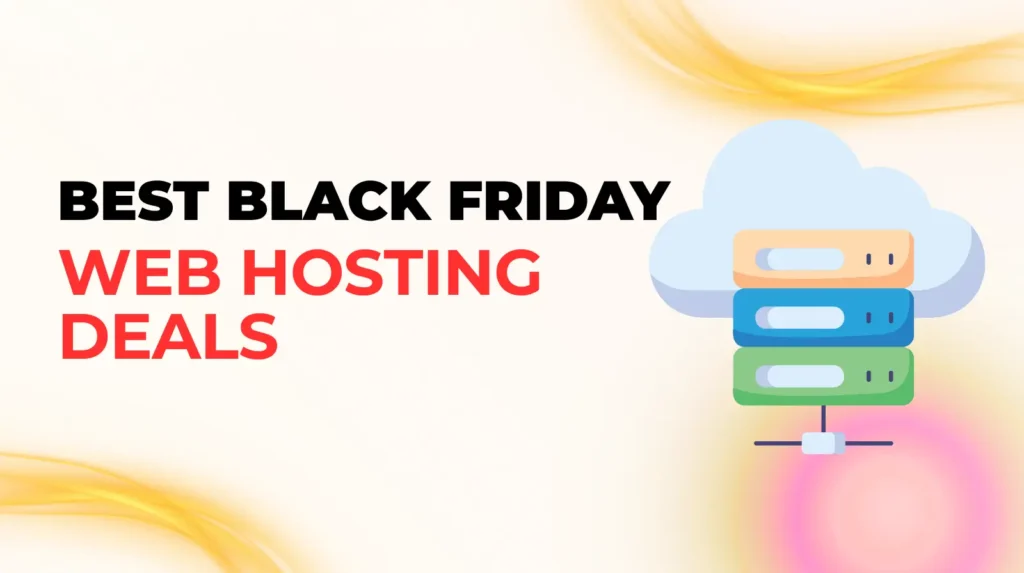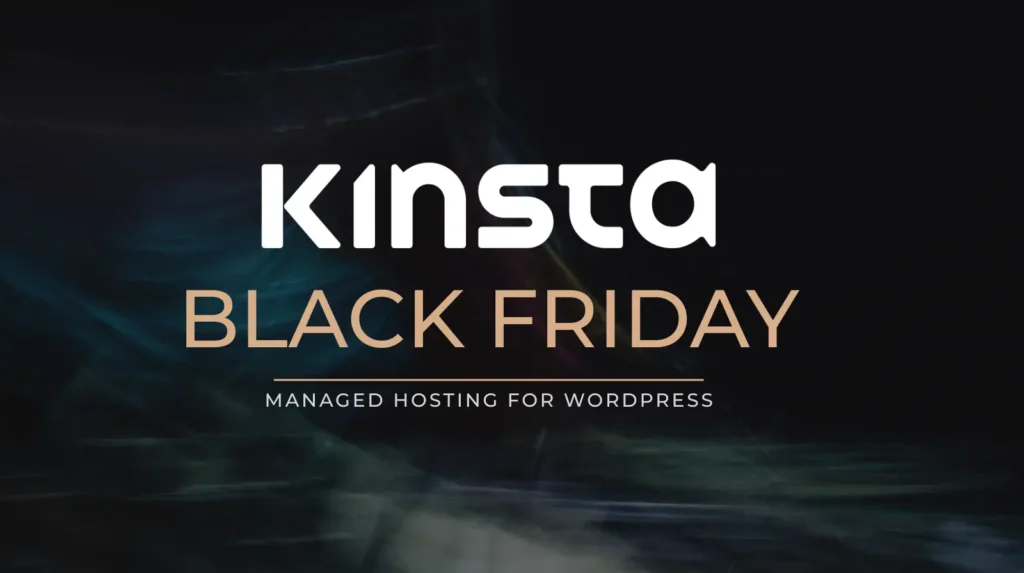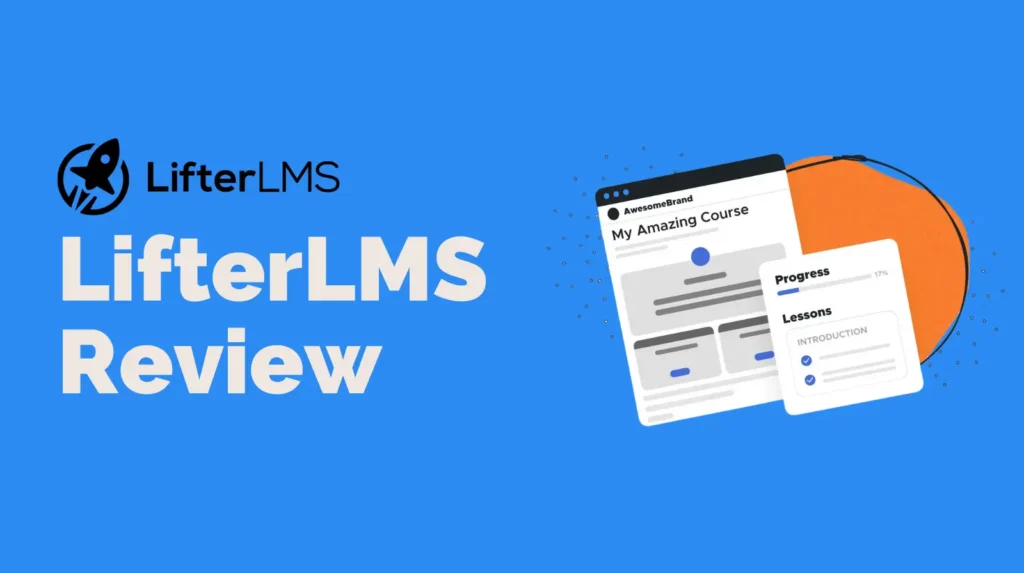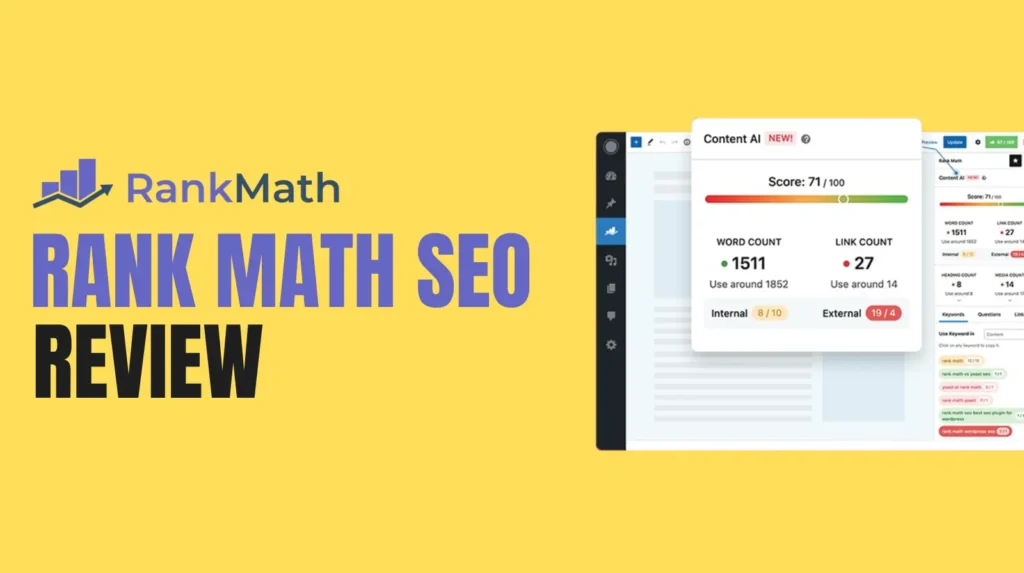Email marketing remains one of the most powerful channels in 2025, delivering an impressive ROI when done right. At the heart of any successful email strategy are email autoresponders with smart automation tools that save countless hours while delivering personalized experiences to your audience.
Email autoresponders automate entire campaigns, from welcoming new subscribers and nurturing leads to recovering abandoned carts and converting prospects into loyal customers. But with dozens of platforms on the market, choosing the right one can be overwhelming.
This guide breaks down the best email autoresponders available today. Whether you’re a blogger, an e-commerce store owner, or a growing SaaS company, we’ll help you find the perfect tool to put your marketing on autopilot and drive serious growth.
What is an Email Autoresponder? (And Why It’s Essential in 2025)
An email autoresponder is a feature within an email marketing service that automatically sends a pre-written email or a sequence of emails to a subscriber based on a specific trigger. These triggers can be time-based (e.g., 3 days after signup) or action-based (e.g., after they click a link or make a purchase).
In 2025, the best email autoresponders have evolved far beyond simple timed messages. They now offer sophisticated automation, smart segmentation, deep personalization, and seamless integrations, making them an indispensable part of any modern marketing toolkit.
Key Features to Look for in an Email Autoresponder
Before we dive into the tools, here are the core features that separate the best from the rest:
- Visual Workflow Builders: Intuitive drag-and-drop editors that let you map out complex automation sequences visually, making it easy to see how a subscriber moves through your funnel.
- Advanced Segmentation: The ability to group your audience based on behavior (e.g., pages visited, emails opened), demographics, purchase history, and engagement levels.
- AI-Powered Personalization: Modern tools use AI to personalize subject lines, recommend products, and even optimize send times for each individual subscriber to maximize open rates.
- Robust Integrations: Seamless connections with your other tools, including e-commerce platforms (Shopify, WooCommerce), CRMs (Salesforce, HubSpot), landing page builders, and webinar software.
- Detailed Analytics and Reporting: Clear dashboards that track key metrics like open rates, click-through rates (CTR), conversion rates, and revenue attribution, allowing you to measure ROI and refine your strategy.
The 9 Best Email Autoresponder Tools for 2025
Here are the top email autoresponders trusted by marketers in 2025. We’ve evaluated them based on their automation capabilities, ease of use, scalability, and overall value.
1. Brevo (formerly Sendinblue)
Best For: Businesses needing an all-in-one marketing and sales platform (Email, SMS, CRM).
Our Brevo review found it to be a powerhouse that extends far beyond email. It combines email and SMS marketing, a sales CRM, chat, and landing pages into a single, affordable platform. Its automation workflows are powerful and easy to set up.
- Key Features:
- Visual workflow editor for building multi-step, multi-channel automations.
- Free Sales CRM to manage customer relationships.
- Transactional emails (for receipts, password resets) included.
- Built-in SMS marketing and live chat features.
- Pricing:
- Free: Up to 300 emails/day for unlimited contacts.
- Starter: Starts at $25/month.
- Business: Starts at $65/month (adds advanced automation and reporting).
- BrevoPlus: Custom pricing for enterprise needs.
2. GetResponse
Best For: Small and medium-sized businesses looking for an all-in-one marketing solution with webinars.
GetResponse has evolved from a simple autoresponder into a comprehensive online marketing platform. It uniquely combines email automation with landing pages, conversion funnels, and even built-in webinar hosting, making it a fantastic value for businesses that want to consolidate their tool stack.
- Key Features:
- AI Email Generator and AI Website Builder.
- Autoresponders and advanced marketing automation workflows.
- Built-in webinar software (unique in this category).
- Conversion Funnels to map the entire customer journey from ad to sale.
- Pricing:
- Email Marketing: Starts at $19/month for 1,000 contacts.
- Marketing Automation: Starts at $59/month for 1,000 contacts.
- Ecommerce Marketing: Starts at $119/month for 1,000 contacts.
3. ActiveCampaign
Best For: Marketers who need powerful, behavior-based automation and CRM features.
ActiveCampaign is the industry leader for sophisticated marketing automation. Its visual workflow builder is incredibly flexible, allowing for complex “if/then/else” logic that can trigger automations based on virtually any subscriber action. Its deep integration with its built-in CRM makes it perfect for sales-driven businesses.
- Key Features:
- Best-in-class visual automation builder.
- Site tracking to trigger emails based on website visits.
- Predictive Sending (AI-powered send time optimization).
- Integrated Sales CRM with lead scoring.
- Pricing:
- Marketing Lite: Starts at $29/month for 1,000 contacts.
- Marketing Plus: Starts at $49/month (adds landing pages, advanced reporting).
- Marketing Professional: Starts at $149/month (adds predictive sending, split automations).
4. MailerLite
Best For: Beginners, startups, and small businesses looking for simplicity and affordability.
MailerLite excels at making email marketing easy without sacrificing essential features. Its interface is clean and intuitive, and it offers a generous free plan. While its automation isn’t as complex as ActiveCampaign’s, it’s more than enough for welcome series, drip campaigns, and basic segmentation.
- Key Features:
- Super intuitive drag-and-drop email editor.
- Includes landing pages, pop-ups, and embedded forms.
- Sell digital products directly from emails and landing pages.
- Simple, easy-to-use automation workflow builder.
- Pricing:
- Free: Up to 1,000 subscribers and 12,000 emails/month.
- Growing Business: Starts at $10/month for 500 subscribers.
- Advanced: Starts at $20/month for 500 subscribers (adds promotion pop-ups, multiple triggers).
5. Kit
Best For: Creators (bloggers, YouTubers, coaches, podcasters) who sell digital products.
Kit is built from the ground up for the creator economy. Its philosophy is subscriber-centric rather than list-centric, using a flexible tagging system for segmentation. It makes selling digital products and running a paid newsletter incredibly simple.
- Key Features:
- Powerful tag- and segment-based automations.
- Visual automation builder to create subscriber journeys.
- Built-in landing pages and forms optimized for conversions.
- Direct integration with commerce tools to sell digital products & subscriptions.
- Pricing:
- Free: Up to 1,000 subscribers.
- Creator: Starts at $15/month for 300 subscribers.
- Creator Pro: Starts at $29/month for 300 subscribers (adds advanced reporting and subscriber scoring).
6. HubSpot
Best For: B2B companies and businesses already invested in the HubSpot ecosystem.
HubSpot offers a powerful email marketing and automation tool as part of its broader Marketing Hub platform. While it can be more expensive, its true strength lies in its seamless integration with the free HubSpot CRM, giving you a complete view of every customer interaction.
- Key Features:
- Deep integration with the best-in-class HubSpot CRM.
- Visual workflow editor for leads, deals, and marketing emails.
- A/B testing and smart content personalization.
- Predictive lead scoring to identify sales-ready leads.
- Pricing:
- Free Tools: Includes basic email marketing and a free CRM.
- Starter: Starts at $20/month (billed annually) for 1,000 marketing contacts.
- Professional: Starts at $890/month (adds omnichannel marketing automation).
- Enterprise: Starts at $3,600/month.
7. AWeber
Best For: Small businesses, freelancers, and coaches who prioritize simplicity and excellent support.
AWeber is one of the original players in email marketing, and its longevity is a testament to its reliability and ease of use. It has modernized its platform with a drag-and-drop editor, campaign automation, and integration with tools like Canva, making it a solid choice for those who want a straightforward, dependable tool.
- Key Features:
- Simple campaign automation builder.
- Large library of pre-built email templates.
- Direct integration with Canva for easy image editing.
- Award-winning 24/7 customer support via phone, email, and chat.
- Pricing:
- Free: Up to 500 subscribers.
- Lite: Starts at $14.99/month.
- Plus: Starts at $29.99/month (adds advanced automation and e-commerce features).
8. Moosend
Best For: E-commerce businesses and startups looking for advanced features on a budget.
Moosend offers a surprising number of advanced features like segmentation, e-commerce AI, and a landing page builder at a very competitive price point. It’s a great choice for businesses that are scaling quickly but are still budget-conscious.
- Key Features:
- Pre-built automation recipes (e.g., abandoned cart, welcome series).
- AI-powered product recommendations for e-commerce stores.
- Website and user tracking to trigger personalized campaigns.
- Real-time analytics and reporting.
- Pricing:
- Pro: Starts at $9/month for up to 500 subscribers (billed annually).
- Enterprise: Custom pricing for larger needs.
9. Constant Contact
Best For: Event organizers, nonprofits, and service-based businesses that need integrated event marketing tools.
Constant Contact shines with its focus on user-friendliness and features tailored to specific industries. Its standout capability is its event marketing integration, which allows you to manage invitations, registrations, and follow-ups all from one place. Its AI Content Generator also helps users create copy quickly.
- Key Features:
- Drag-and-drop email editor with hundreds of templates.
- Integrated event marketing and survey tools.
- AI Content Generator to help write emails faster.
- Social media posting and scheduling tools.
- Pricing:
- Lite: Starts at $12/month for up to 500 contacts.
- Standard: Starts at $35/month (adds automation and advanced segmentation).
- Premium: Starts at $80/month (adds SEO tools and dynamic content).
How to Choose the Right Email Autoresponder for Your Business
There’s no single “best” tool for everyone. Use these questions to find the right fit for you:
- What are your primary goals? Identifying the best email marketing tools for small businesses often starts here. Are you a blogger trying to build a community (Kit)? An e-commerce store recovering abandoned carts (Moosend)? Or a B2B company nurturing leads through a long sales cycle (ActiveCampaign, HubSpot)?
- What is your budget and expected growth? Start with a tool that fits your budget now but offers a clear upgrade path. A generous free plan (MailerLite, Brevo) is great for testing the waters.
- How tech-savvy are you? If you’re a beginner, prioritize ease of use and a simple interface (MailerLite, AWeber). If you need advanced control, a more complex tool might be worth the learning curve (ActiveCampaign).
- What other tools do you use? Ensure your chosen autoresponder integrates seamlessly with your website builder (WordPress), e-commerce platform (Shopify), and CRM.
Final Thoughts
In 2025, email automation is non-negotiable for sustainable business growth. The best email autoresponders empower you to deliver timely, personalized, and relevant messages to your audience at scale, building relationships and driving revenue while you focus on other parts of your business.
Whether you choose Brevo for its all-in-one platform, ActiveCampaign for its automation depth, or ConvertKit for its creator-centric features, the key is to select a tool that aligns with your specific goals.
Start by mapping out a simple welcome series or an abandoned cart sequence. Let the automation do the heavy lifting, and watch as your subscriber engagement and business results thrive.


